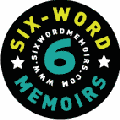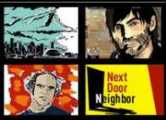Mister Rogers
Thursday, June 8th, 2006By Mike Scalise
Mister Rogers stepped out of the passenger side door of a white sedan that had pulled up in front of the building where I stood. I was smoking a cigarette at the top of a concrete stairwell, staring down below at a struggling bird that had broken its wing. It was my third day as an intern at Pittsburgh magazine, which shared a building with the studio that filmed Mister Rogers’ Neighborhood. As I took a drag on my cigarette and looked down at the bird—which flopped on its side in circles like a half-lit firecracker—I thought, someone should really do something about that. Then I heard a car door slam, and saw Mister Rogers walking toward me. He wore a bow tie, not a long tie, and there was no cardigan. Just a long, fleshy flap that drew a droopy line from his chin to his collar.
“Hello,” he said as he came up the stairs, and I quickly blew out smoke and flicked away my cigarette. I might have said hello back.
“What are you looking at?” he asked as he approached.
“That bird down there,” I said, pointing down, “It’s injured.” Then he curled his arm over the railing and leaned forward, slowly, to see what I saw.
“Well, there’s not much we can do about that,” he said, and he was so close to me I would have been able to smell him, if he’d smelled like anything at all.





